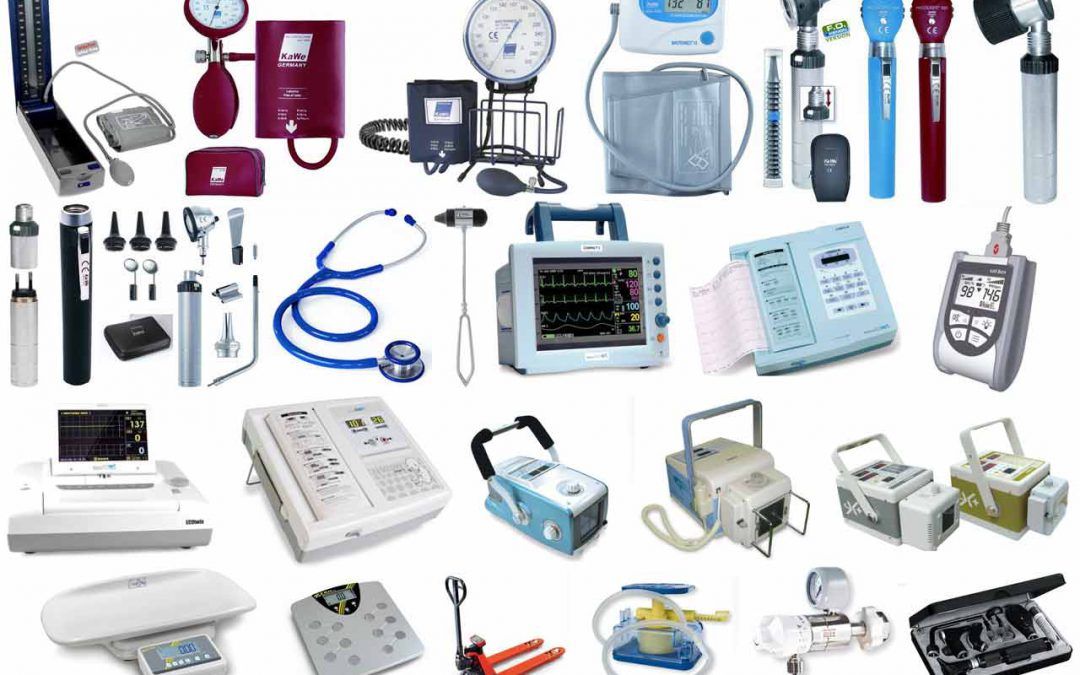Vertebral Arthroplasty
Motion preserving vertebral disc replacements intend to accomplish a few main tasks. Like vertebral spacers including bone grafts and cages, motion preserving disc replacements aim to bring the disc space back to the correct anatomical height; decompressing the spine overall, spinal cord, and nerve roots. Also similar to fusion devices, motion preserving disc arthroplasties strive to maintain the natural curve of the spine. Motion preserving disc replacements differ from fusion devices in that they allow the spine to bend in an anatomical fashion. Spine column movement allows for greater range of motion for the patient and decreases adjacent vertebral level stress. Stress at adjacent disc joints leads to adjacent level disease, requiring disc replacements at multiple levels.
Polymer Elastomeric Core Implants
These devices have metal endplates (titanium or cobalt chrome alloy) with fins on the plates called keels. These keels keep the plates from moving around on the vertebral body. The outer surface of the endplates is usually rough so that the vertebral body can adhere to it. The polymer core implants allow for shock-absorpsion, bending in all directions, and axial rotation. The device to the right is the Spinal Kinetics M6-C. The M6-C is unique to this class of devices because it has a polymer nucleus with a fibrous annulus. Other implants using this similar polymer elastomeric core design are the AxioMed Freedom Lumbar Disc, Integra Spine eDisc, LDR Mobi-C, and the Nexgen Spine Physio-L.
Rotating “Ball Type” Polyethylene Core
These implants have two metal endplates with keels similar to the devices shown above. Their difference is in the way they allow for motion. The two endplates rotate along a plastic polyethylene or similar substance sphere or half-sphere. This rotation platform allows for bending in all directions and axial rotation, but does not allow for shock absorption like the polymer elastomeric core designs shown above. The image to the right is the Globus Medical Secure-C. Other devices that use this similar design is the SpinalMotion Kineflex and the Synthes Prodisc.
Material-On-Material Rotation
This type of rotation device does not use a type of rotating core. Instead, the two enplates slide and rotate on one-another. This design is more simplistic, and overall easier to implant. One of the endplates usually has a half-sphere that the other endplate can rotate around. These implants allow for bending in all directions and axial rotation, but do not provide shock-absorpsion. The device to the right is the Pioneer Surgical NUBAC System. The NUBAC System is composed of two PEEK plates. Another device using this similar design is the Medtronic Prestige made of two metal plates.




